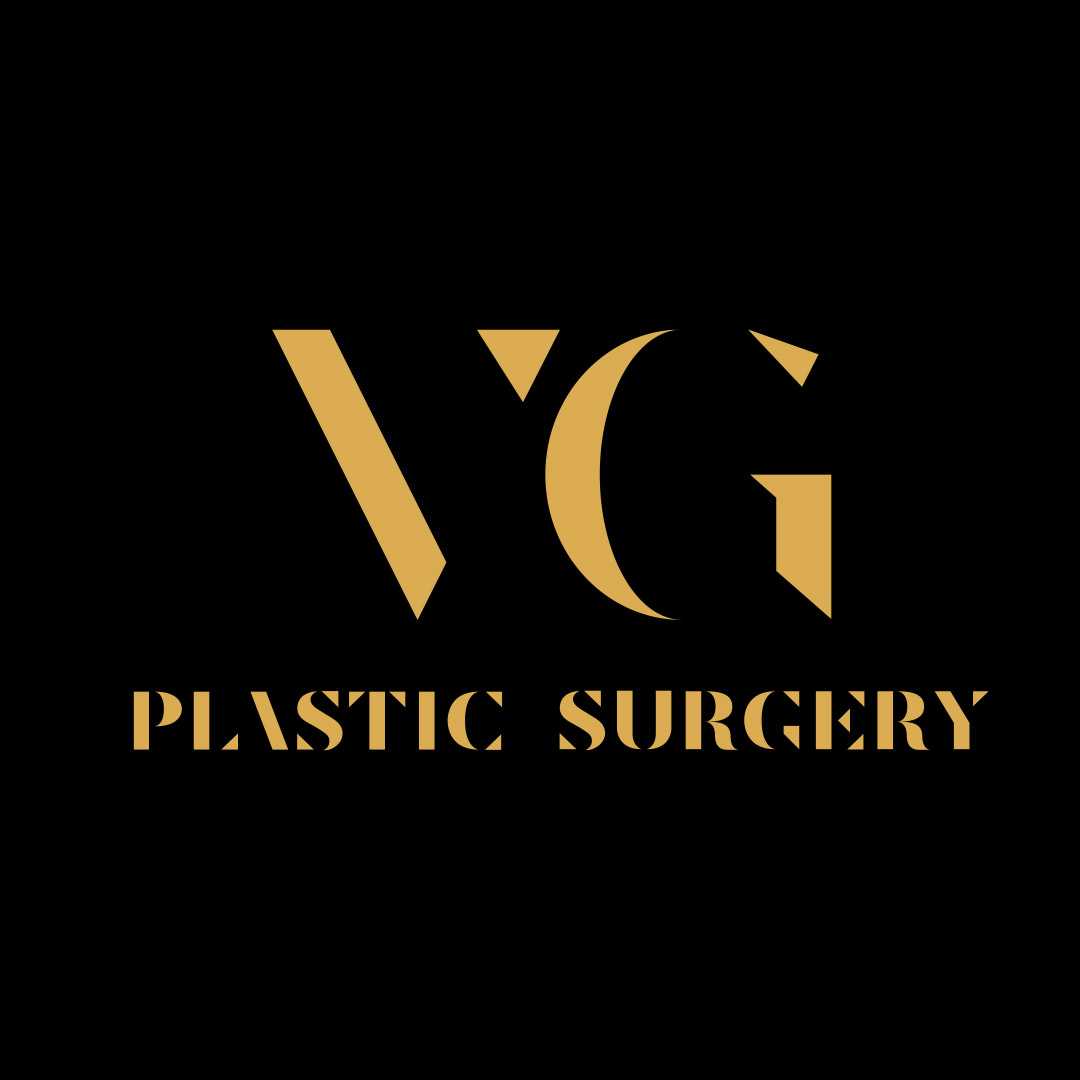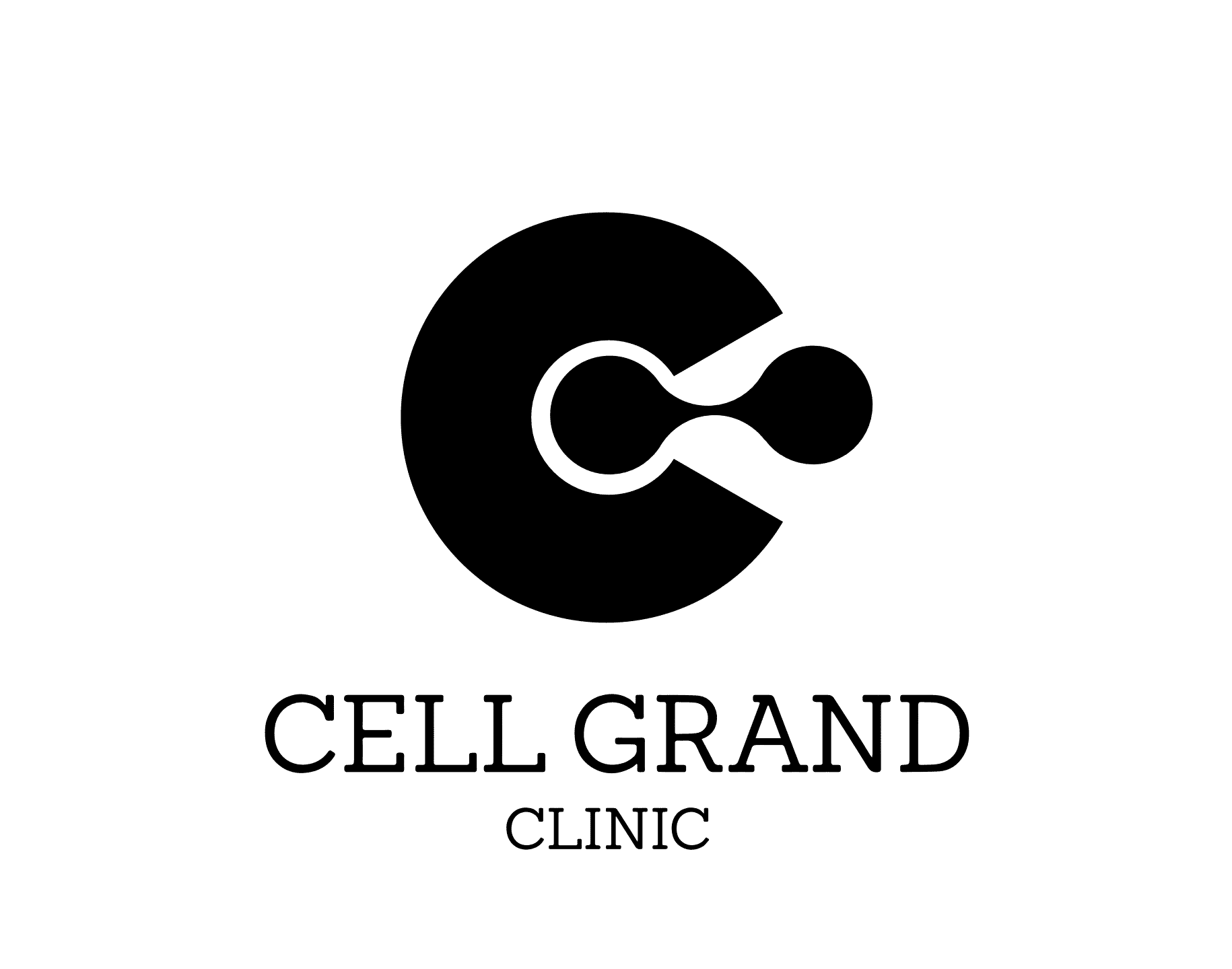Stem Cell Therapy in Japan for Foreigners: A Guide
.png)
Hello there! If you're exploring advanced medical treatments, you’ve likely heard about Japan's incredible progress in the field of regenerative medicine. It's a topic that brings up a lot of questions, with the biggest one being: "Can I, as a foreigner, actually get these treatments?" Let's clear that up right away. Yes, you absolutely can. Japan has positioned itself as a global leader not just in developing stem cell therapies but also in making them accessible and safe for international patients. This isn't a legal gray area; it's a structured, regulated, and welcoming system.
Unlike many countries where stem cell treatments might be unproven or unregulated, Japan took a proactive step by passing the "Act on the Safety of Regenerative Medicine" (ASRM). This crucial piece of legislation created a clear-cut legal framework for clinics to operate, ensuring high standards for safety, cell processing, and patient care. This means when you explore stem cell therapy in Japan for foreigners, you are looking at one of the safest and most advanced options on the planet. This guide is here to answer all your questions—from eligibility and cost to the specific types of treatments available—so you can feel confident in your research.
We'll dive into what makes Japan's approach unique, what conditions are commonly treated, and the step-by-step process you can expect as an international patient. From your first consultation (which can often be done remotely) to arriving at a world-class Japan stem cell clinic, the path is clearer than you might think. So, let's get started on this journey and explore the remarkable possibilities that Japanese regenerative medicine holds.
What exactly is stem cell therapy as practiced in Japan?
At its core, stem cell therapy harnesses your body's own natural repair mechanisms. Stem cells are unique because they have a "homing effect"—a remarkable ability to travel to areas of damage or inflammation in the body. Once there, they can differentiate (transform) into the specific cells needed for repair, such as cartilage, muscle, or nerve cells. They also release powerful anti-inflammatory and growth-signaling molecules that help calm the local environment and encourage other nearby cells to join the healing process.
In Japan, this isn't treated as a simple injection. It's a high-tech medical procedure. The most common practice involves using autologous (your own) adipose-derived stem cells, meaning cells are harvested from a small amount of your fat tissue. These cells are then taken to a highly specialized lab, or "cell processing facility," where they are isolated, purified, and cultured to multiply into the millions or even hundreds of millions. This large, potent dose of your own healing cells is then administered back into your body, either through a systemic IV infusion or a direct injection into the affected area (like a knee joint).
Is stem cell therapy legal in Japan for foreigners?
This is a key point that sets Japan apart. The legality and regulation are precisely why it has become such a trusted destination. The Act on the Safety of Regenerative Medicine (ASRM) was implemented to promote the prompt and safe provision of regenerative medicine. This law classifies treatments into different categories based on risk, from low-risk therapies using a patient's own cells to higher-risk, more experimental treatments.
For a clinic to offer regenerative medicine to any patient (Japanese or foreign), it must be licensed and submit its entire treatment plan to the Ministry of Health, Labour and Welfare (MHLW) for approval. This includes details on the cell source, how the cells are processed, the clinic's safety protocols, and how they will manage patient care. This strict oversight ensures that any clinic you visit as a foreigner is operating at an extremely high standard of safety and quality, far removed from the unproven, "pop-up" clinics you might find in other parts of the world.
What is the process for a foreigner to get stem cell therapy in Japan?
Japanese clinics are very accustomed to working with international patients and have streamlined the process. Here’s a typical step-by-step look:
- Step 1: Inquiry & Consultation: You'll start by contacting a clinic or a medical facilitator like PlacidWay. You will have a remote consultation (video or call) with a doctor or coordinator to discuss your condition, medical history, and goals. You will likely be asked to send your medical records for review.
- Step 2: Admission & Planning: If the clinic determines you are a good candidate, they will create a detailed treatment plan and provide a cost estimate.
- Step 3: Visa & Travel: Once you accept the plan, the clinic will provide the necessary documentation to apply for a "Visa for Medical Stay." You will then arrange your travel. Many patients use a medical facilitator to handle all travel, accommodation, and translation logistics.
- Step 4: First Visit (Cell Harvesting): Your first trip to Japan will be short, perhaps 1-2 days. During this visit, you'll have a final in-person consultation, and a small amount of adipose (fat) tissue (usually from the abdomen or thigh) will be collected under local anesthesia. This is a minor procedure.
- Step 5: Cell Cultivation: You return home while your cells are sent to a specialized, government-certified cell processing facility. Here, your stem cells are isolated and cultured for approximately 4-5 weeks to grow into the very large numbers needed for therapy.
- Step 6: Second Visit (Administration): You travel back to Japan for your treatment. The stem cells are administered, which is often a simple IV drip or a series of injections, taking about an hour. After a brief observation, you are free to return to your hotel.
What types of stem cell therapy are available in Japan?
The most common and regulated form of therapy for international patients is autologous adipose-derived stem cell therapy. This is favored because using your own cells carries virtually zero risk of rejection or immune reaction. The cells are harvested from your fat, which is an abundant and easily accessible source, cultured, and returned to you.
In addition to this, you will see other regenerative treatments offered, often in combination:
- Allogeneic Stem Cells: These are cells from a healthy, screened donor, often from sources like umbilical cord tissue. These are used in some specific cases, though autologous is more common for anti-aging and orthopedic issues.
- Exosome Therapy: Exosomes are not cells. They are tiny vesicles released by stem cells that contain growth factors and signaling molecules. It's like a "cell-free" stem cell therapy, delivering the healing messages without the cells themselves. This is often used for skin rejuvenation and anti-aging.
- NK Cell Therapy: This is a form of immunotherapy. Natural Killer (NK) cells are part of your immune system. This therapy involves extracting your NK cells, "training" and multiplying them in a lab to be more effective, and re-infusing them to boost your immune system, often for anti-aging or cancer-prevention protocols.
What conditions are treated with stem cell therapy in Japan?
While research is ongoing for many applications, Japanese clinics provide treatments for a broad spectrum of age-related and degenerative conditions. The primary goal is to repair damage, reduce inflammation, and improve quality of life. Common treatment categories include:
- Orthopedics: This is one of the most popular areas. It's used to treat joint pain and damage from osteoarthritis (especially knees, hips, and shoulders) and sports injuries, offering a potential alternative to joint replacement surgery.
- Anti-Aging & Rejuvenation: This is a major focus. Systemic IV infusions are used to combat general fatigue, improve vitality and energy levels, enhance skin quality, and promote overall wellness. Aesthetic applications include facial rejuvenation and hair loss treatment.
- Chronic & Degenerative Diseases: Clinics offer therapies aimed at managing symptoms and improving function for conditions like Type 2 Diabetes, kidney failure, liver disease, and COPD.
- Neurological Conditions: This is a more advanced area, with treatments offered for conditions like spinal cord injury, Parkinson's disease, and Alzheimer's, often focused on slowing progression and improving symptoms.
- Autoimmune Diseases: The anti-inflammatory and immune-modulating properties of stem cells are used to manage conditions like Rheumatoid Arthritis and Crohn's disease.
How much does stem cell therapy cost in Japan for foreigners?
The cost of treatment varies significantly based on what you are having done. A simple, localized injection for one joint will be at the lower end of the scale, while a comprehensive, systemic IV infusion with a very high cell count for an anti-aging program will be at the high end.
Several key factors influence the final price:
- Cell Type & Source: Autologous (your own) cells are common. The cost reflects the complex process of harvesting, cultivation, and quality control.
- Cell Count: A treatment using 50 million cells will cost less than one using 200 million cells. The cell count is tailored to your condition and body weight.
- Treatment Complexity: A single-site injection is simpler and less expensive than a systemic IV infusion.
- Number of Sessions: Some protocols may require multiple infusions over time, which would increase the total cost.
- Clinic & Location: Premier clinics in major cities like Tokyo or Osaka with advanced research facilities may have higher prices.
What is the cost comparison for different stem cell treatments in Japan?
To give you a clearer idea, here is a table of estimated costs for common treatments available at Japan stem cell clinics. These are estimates and can vary significantly between providers and based on your specific medical needs. (Conversions are approximate and subject to currency fluctuation).
| Treatment Type | Condition Treated | Estimated Cost (USD) | Estimated Cost (JPY) |
|---|---|---|---|
| Local Injection (Knee) | Osteoarthritis (One Knee) | $6,500 - $9,700 | ¥1,000,000 - ¥1,500,000 |
| Local Injection (Knees) | Osteoarthritis (Both Knees) | $9,000 - $13,000 | ¥1,400,000 - ¥2,000,000 |
| Systemic IV Infusion | Anti-Aging / Longevity | $22,000 - $38,800+ | ¥3,400,000 - ¥6,000,000+ |
| Systemic IV Infusion | Neurological Conditions | $8,400 - $29,000 | ¥1,300,000 - ¥4,500,000 |
| Systemic IV Infusion (Package) | Diabetes (Comprehensive Plan) | $98,000 - $150,000+ | ~¥15,000,000 - ¥23,000,000+ |
| Aesthetic / Skin | Facial Rejuvenation | $6,500 - $10,300 | ¥1,000,000 - ¥1,600,000 |
Is stem cell therapy in Japan safe?
Safety is the number one priority within Japan's regulatory system. The ASRM law was created specifically to prevent the kinds of safety scandals seen in other countries. Clinics are mandated to use certified cell processing facilities, which operate like pharmaceutical-grade labs. This ensures the stem cells are sterile, viable, and free from contamination.
Furthermore, the widespread use of autologous (your own) cells dramatically enhances safety. Because the cells are from your own body, there is no risk of rejection or graft-versus-host disease (GVHD), which can be a complication with donor cells. Top clinics in Japan report extremely high safety records, with no serious complications, and have even developed methods to make administration safer, such as proprietary culture techniques that reduce cell size to prevent embolisms.
What are the risks of stem cell therapy?
While no medical procedure is 100% risk-free, the risks associated with stem cell therapy in Japan's regulated environment are very low. The most common risks are the same as any procedure involving an injection:
- Infection: A minimal risk at the fat harvesting site or the IV/injection site. Licensed clinics operate in sterile environments to prevent this.
- Bleeding/Bruising: Minor bruising at the harvesting site is common and resolves quickly.
- Pulmonary Embolism: This is a rare but serious risk where a clot can travel to the lungs. Japanese clinics are very aware of this and mitigate it through strict protocols and advanced cell culture techniques that ensure cell size is optimized for safe infusion.
It's important to distinguish these minimal procedural risks from the much larger risks found in unregulated countries, such as contamination, unviable cells, or improper cell types being used, which are not a concern in Japan's system.
Do I need a special visa for stem cell treatment in Japan?
Japan's government created this specific visa category to facilitate medical tourism. It's not a standard tourist visa. To apply, you will need documentation from a "guarantor" in Japan. Your chosen medical clinic or a medical tourism facilitator (like those partnered with PlacidWay) will act as this guarantor.
They will provide you with a "Certificate of Eligibility" and other necessary forms that detail your treatment plan and prove you have been accepted for medical care. This visa can also cover an accompanying person, such as a family member, who may be traveling with you for support. The process is well-established, and the clinic or facilitator will guide you through all the required paperwork.
How do I choose a good stem cell clinic in Japan?
Navigating your options can be daunting, but here are the key things to look for:
- Check for Licensing: This is the most important step. Ask the clinic to confirm that they are licensed and their treatment plan is approved by the Ministry of Health, Labour and Welfare (MHLW) under the ASRM.
- Doctor's Expertise: Look at the credentials of the doctors. Are they specialists in regenerative medicine, orthopedics, or the specific field related to your condition?
- Transparency: A good clinic will be open and transparent about the procedure, the source and type of cells, the cell count you will receive, and the total cost. Avoid any clinic that is vague on these details.
- Cell Processing Facility (CPF): Ask if they have their own on-site CPF or which certified facility they partner with. The quality of the lab is just as important as the quality of the clinic.
- Patient Support: Do they have English-speaking staff? Do they have experience with international patients? Working with a trusted facilitator can help ensure you are connected only with high-quality, vetted clinics.
What kind of support is available for foreign patients in Japan?
You are not alone in this process. An entire industry of "medical concierge" services exists to make the journey as smooth as possible. These services, often partnered with the clinics, act as your personal guide.
This support system typically handles everything:
- Translation: Ensuring all your medical documents are translated and providing a medical interpreter for your appointments.
- Logistics: Arranging airport pickups, booking suitable accommodation near the clinic, and handling local transportation.
- Visa Support: As mentioned, they manage all the guarantor paperwork for your Visa for Medical Stay.
- Patient Care: Acting as your advocate, a friendly face in a new country, and your primary point of contact for any questions or concerns.
What is the difference between autologous and allogeneic stem cells?
This is a fundamental concept in stem cell therapy. Here’s the simple breakdown:
- Autologous (Your Own Cells):
- Pros: 100% safe from rejection or immune-system-related diseases. No ethical concerns.
- Cons: Requires a harvesting procedure (liposuction). The "quality" or vitality of your cells can depend on your age and overall health.
- Allogeneic (Donor Cells):
- Pros: No harvesting procedure is needed. The cells are typically sourced from young, healthy donors (like umbilical cords), making them very robust and potent.
- Cons: Requires a donor source. While cells are processed to be "immune-privileged," there is a theoretical (though very small) risk of immune reaction.
Most clinics in Japan focusing on orthopedic and anti-aging treatments for foreigners prefer autologous therapy because of its unparalleled safety profile.
How long does the stem cell therapy process take?
This is not a "one-day" procedure. The most time-consuming part is the cell cultivation. You cannot simply arrive in Japan and get the treatment on the same day (if using cultured autologous cells). The 4-5 week period where your cells are carefully grown in the lab is mandatory and a sign of a high-quality, safe process.
So, you should plan for:
- Visit 1 (Cell Harvesting): A trip of about 1-3 days.
- Cultivation Period: 4-5 weeks, which you spend in your home country.
- Visit 2 (Administration): Another trip of about 1-3 days. The infusion itself is quick (about an hour), but you'll have a pre-treatment check and brief post-treatment observation.
What is the success rate of stem cell therapy in Japan?
It's crucial to have realistic expectations. Stem cell therapy is not a miracle cure. "Success" is measured differently for each condition. For a patient with severe knee osteoarthritis, success might mean a 70% reduction in pain and the ability to walk or climb stairs without wincing—it may not mean a brand new knee. For an anti-aging protocol, success is measured in improved energy levels, better sleep, and enhanced skin vitality.
Japanese clinics are generally very honest about this. They don't promise cures. They promise safe, high-quality regenerative medicine aimed at "reclaiming health" and "improving function." The high rate of patient satisfaction comes from this focus on tangible improvements in quality of life.
Does Japanese health insurance cover stem cell therapy for foreigners?
This is a straightforward point: as a medical tourist, you are not part of Japan's national health insurance system. These advanced regenerative treatments are considered elective and are paid for privately.
You should check with your own private or international health insurance provider, but it is very unlikely they will cover this type of treatment, as most still classify it as "experimental" despite Japan's advanced regulatory approval. You should plan for this to be an out-of-pocket expense.
What happens after the stem cell treatment?
One of the biggest advantages of this therapy is the minimal downtime. After your IV infusion or injection, you'll be monitored for a short period (perhaps 30-60 minutes) and then you are free to leave. You can typically fly home the next day. There is no long hospital stay or difficult recovery.
It's important to understand that the results are not instant. The stem cells need time to do their work. The "homing effect" begins immediately, but the process of cell differentiation, tissue repair, and inflammation reduction happens gradually over the following weeks and months. Patients with joint pain often report feeling noticeable improvements starting around 3-4 weeks, with benefits continuing to increase for 3-6 months post-treatment.
Ready to Take the Next Step?
Ready to explore your options for advanced regenerative medicine in a country known for its safety and innovation? Explore PlacidWay's network of world-class stem cell clinics in Japan. Connect with experts, get transparent pricing, and take the first step toward your health journey.
Explore PlacidWay Today
.png)













Share this listing